Boeing’s Bold Leap: Launching Quantum Networks to Revolutionize Connection, protection, and Exploration
At Quantum World Congress 2024, Jay Lowell, Principal Senior Technical Fellow, Chief Scientist For Boeing Disruptive Computing and Networks and Systems (DCNS) group, delivered a keynote that provided an exciting glimpse into Boeing’s groundbreaking work in quantum technology. The presentation focused on Boeing’s vision for a globally connected quantum network—a network that will revolutionize the way we connect, protect, and explore the world and beyond.
The Future of Quantum: A Global Connected Quantum Network
Jay Lowell kicked off the session by posing one of the toughest questions in quantum research: What is the future of quantum technology? After decades of working in the field and leading research at Boeing, Lowell shared his vision—one where a global connected quantum network becomes the endgame of quantum technology development.
This vision, he explained, stems from a meta-trend in quantum advancements. As various quantum technologies mature—whether in computing, sensing, or communications—the natural progression is toward a network that connects quantum devices across the globe. A quantum network would unlock the full potential of these technologies, providing the ability to harness collective quantum computing and sensing capabilities on a global scale.
The Big Step: Quantum Entanglement Swapping in Space
Boeing’s philosophy for realizing this vision is straightforward: identify the future goal, then take the biggest possible step toward that future. Today, Boeing is doing just that with the announcement of Q4S, the world’s first quantum entanglement swapping demonstration aboard a satellite.
Set to launch in 2026, Q4S will attempt to perform quantum entanglement swapping in space—a groundbreaking experiment that has the potential to extend quantum networks across vast distances. This experiment will leverage quantum teleportation to create shared quantum states between particles that have never interacted, a process requiring unparalleled precision and engineering.
Dr. John "Jay" Lowell at Quantum World Congress 2024.
Lowell explained the significance of this development: "If we want to transport quantum information globally, we need to use quantum repeaters, which rely on entanglement swapping. The Q4S mission is our first big step toward realizing a global quantum network."
Why Entanglement Swapping is Crucial
Quantum entanglement swapping is at the heart of building a scalable quantum network. By entangling two particles that have never interacted, scientists can extend the range of quantum communication far beyond what is possible with a single photon.
In his keynote, Lowell delved into the mechanics of entanglement swapping: "We create two pairs of entangled photons, interact one photon from each pair on a beam splitter, and, if they're in the proper state, they become entangled. This swaps the entanglement, extending the range of our quantum link."
Engineering the Future of Quantum Networks
The technical challenges behind such a mission are immense, but Boeing has developed a first-of-its-kind compact payload that will house all the necessary components for the entanglement-swapping experiment. This payload is designed to withstand the harsh conditions of space and has undergone rigorous environmental testing.
Lowell shared how Boeing’s team built a laboratory testbed to characterize the components needed for the space mission. "Our thermal modeling is so sophisticated that we have detailed temperature profiles for each component, ensuring that everything functions as expected in the space environment."
Beyond the experiment itself, the Q4S mission will also evaluate various quantum components for their performance in space, setting the stage for future quantum communications satellites.
Revolutionizing How We Connect, Protect, and Explore
Boeing's Q4S mission is more than just an experiment—it’s a stepping stone to a future where quantum technologies transform key industries. As Lowell explained, the global quantum network will revolutionize how we connect, protect, and explore the world.
Connecting: The quantum network will enable the connection of distant quantum computers, allowing for complex computations that are impossible today. This will have profound implications for industries that rely on high-level computation, such as aerospace, defense, and pharmaceuticals.
Protecting: With quantum networks, data security will reach new heights. Quantum encryption technologies, like Quantum Key Distribution (QKD), will allow for virtually unbreakable encryption, securing data transmission over long distances.
Exploring: Quantum sensors, connected through the network, will allow scientists to measure the faintest signals on Earth and in space. From monitoring climate patterns to detecting asteroids, the applications of quantum sensing are vast and groundbreaking.
The Path Ahead: The Future of Quantum at Boeing
As Boeing continues to push the boundaries of quantum technology, the Q4S mission marks a critical milestone in its journey toward operationalizing and scaling quantum systems for global applications. Boeing is not only participating in quantum research but leading the charge toward making these technologies operational realities.
Lowell closed his keynote with a call to action, inviting the audience to connect with his team, who were present at the conference. He emphasized that this mission points the way to the future of a globally connected quantum network—one that will change the way we interact with the world. "This is the first big step toward a quantum network that connects quantum computers and sensors, enabling new applications and securing data in ways we can only begin to imagine," he said.
Boeing’s Quantum Vision Takes Flight
Boeing’s Q4S mission demonstrates the company’s commitment to leading the quantum revolution. By advancing quantum entanglement swapping in space, Boeing is taking a critical step toward realizing the vision of a global quantum network. This network will not only enhance how we connect and protect but will also unlock new frontiers in exploration, allowing humanity to push the boundaries of science and technology like never before.
As Jay Lowell succinctly put it, "We are taking a critical step toward the future—with unimaginable possibilities." And with Q4S set to launch in 2026, that future is closer than ever.






